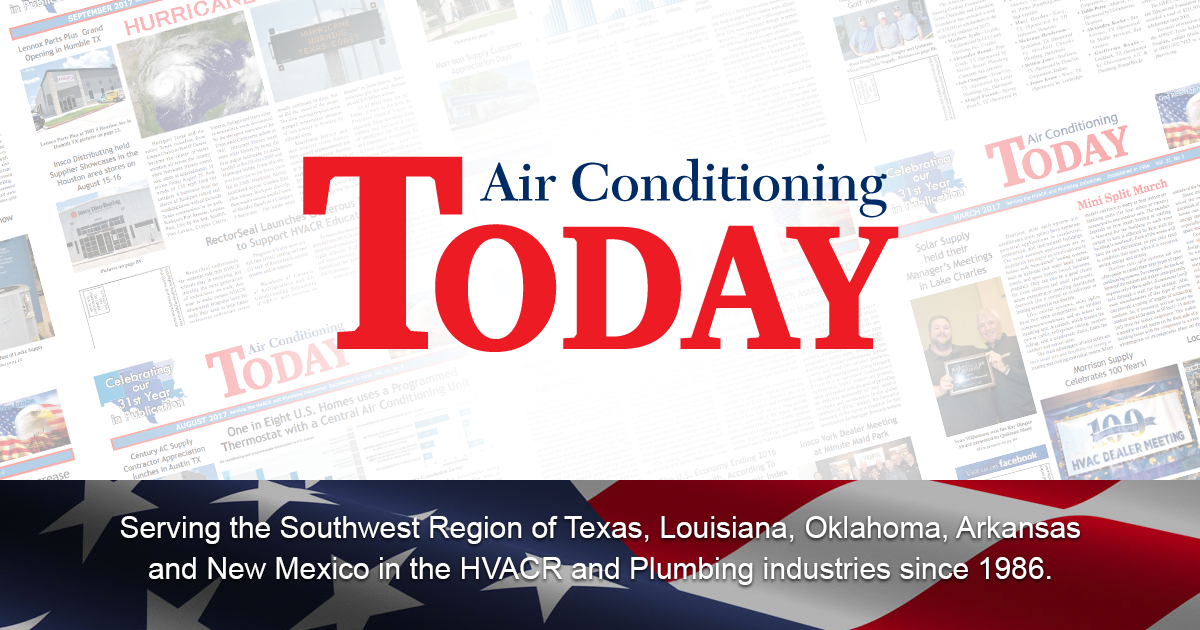by Rodney Koop, Pricing Enthusiast, Founder and CEO of The New Flat Rate
I sold cars in 1980 for one full year. It was my dream as a young man (25 years old) to get the heck out of attics and fiberglass and find a job where I could wear a three-piece suit. And sure enough, I did – selling cars at Bob Sellers Dodge Datsun in Grand Forks, North Dakota. Did you know that in 1980 when someone walked into a car dealership to consider buying a car, that 69% of people would actually buy a car within two days? That information stirred me up to be very aggressive whenever it was my turn to sell, and I thought I was doing quite well. In my mind, quite well was selling 16 to 18 cars a month, which in 1980 was just over the industry average of 14 to 16 cars a month. Can you imagine what salesmen average today with all the incredible sales training and fancy dealerships and cool new cars? Well, if you said 14 to 16 cars a month, you would be right. Yup, they are no better or no worse on average. Billion dollar auto manufacturers and hundred million dollar auto dealers are not satisfied with 14 to 20 cars per month per salesperson.
I read an article recently that quoted one of my friends in the business of installing plumbing, heating and air conditioning equipment. Martin Hoover from Empire Heating and Air Conditioning in Atlanta, Georgia says he is beginning to get calls from customers wanting his company to install equipment that they are buying online. He has mixed emotions about it, as we all understand, but he does not think it’s going away.
So, let’s go back to my car story. I am a student of the auto industry, and back in the day when I was selling cars, the average gross profit on a new car was somewhere around $1200 for a $6000 car and around $2500 on a 4-wheel drive truck. I know, because my pay was 30% of the gross profit. I also know the dealer hid a lot of the profit (legitimately) by charging everything possible against that car – much like we contractors charge everything against the billable hour today. Anyways, financing was lucrative for the dealer back then and would usually average in the $300 to $500-dollar range of additional profit for the sale. (Of course, they didn’t pass that profit on to my commission, but hey, what did I know?).
Remember, I said that 69% of those who visited a car dealership would buy within 2 calendar days. There is a reason for that. The reason is that the biggest fear most people have, even bigger than speaking naked at their high school graduation, is to talk to a car salesman. “She’s a sweet thing ain’t she? She just needs a home. Take her for a spin!” People fear greatly that you might want to sell them something. So much so, they will buy something online that they know nothing about.
So, why is all that important? It’s important because of two giant events that are beginning to affect car sales in a very big way, and you will feel it very soon.
1. Online shopping for cars has grown faster than green energy.
Millennials are now becoming shoppers that buy everything online. They do not want to shake a salesman’s hand, and they won’t even come in to sign papers. They want the car just like they want their pizza – hot, fresh in 30 minutes or less and just leave the keys on the seat. They do all the paperwork online, and do not talk to anyone. And this is a very big deal, because if they are happy to buy a car without driving it, why should they be concerned about buying a furnace or water heater without touching it? After all, it’s just a picture on a web page to them. And when there is a review that says, “This was so simple, we ordered the split heat pump, line set, coil, kit and they threw in a free jug of refrigerant. They had the whole thing up and running in 10 minutes.” That kind of review is all it takes for someone to “click to buy”.
So back to cars again. Yesterday, in the Wall Street Journal, I saw the numbers showing average dealer profit on cars over the years compared to average dealer finance profit over the same years. I’ll bet you can guess which line went up and which went down.
Auto dealers had to learn that profits are profits no matter where they come from, and now they come from A-D-S; added dealer services, mostly in the form of financed enhancements. These are things like roadside service, lifetime tires, lifetime repairs, lifetime service and lifetime car washes. Yup, that’s where the money is for the auto dealer. Where is it for you?
Time and material work was profitable because of one thing: we stayed busy and billed for almost every hour of every day.
1. Compare the cost of an online sale to a replacement sale or a marketed sale
a. Marketing/advertising cost
b. Sales commission
c. Salesman ancillary costs (training, recruiting, pampering, etc.)
d. Ordering, stocking, delivering equipment
e. Warranty, etc.
f. Labor
g. Equipment
h. Supervision
i. Cost of the turnover in lost diagnostic charge, lost repair sale, turnover incentive, lost customers due to closing rates
You get the picture. There are costs associated with doing business the way it’s been done.
2. What are the costs of delivering the service of installing customer purchased equipment?
a. Labor, including down time, unbilled time, etc.
b. Management costs, supervision, paperwork, warranty filing and follow up.
c. Incidental parts, i.e.- copper fittings, pad, disconnect, electrical wiring, whips, breakers, fuses, t-stat wire, etc.
d. Shop rags (sorry couldn’t resist)
e. Site preparation if needed
f. Project manager where needed.
3. Calculate overhead on the new billable efficiency. If your workers are working eight hours, and you are getting paid eight hours, then your billable efficiency is now 100%. For most of us, that would cut our billable hour cost in half.
a. Also, if your billable hour calculation includes other “inefficiencies” like call-backs and poor closing ratios, you can adjust for that.
4. Add your reasonable profit.
5. Here is the key: when you know your cost doesn’t fudge the numbers, believe them. But the numbers only work if the work is consistent and keeping your men busy while allowing you to bill close to 100% for your labor.
6. The Big Money!
a. Remember, I said that the auto industry has created a new revenue stream of enhanced financial services with a menu. You must do the same.
i. Create a menu of offerings for this type of work. Here are some suggestions to get the ideas flowing.
1. Complete turnkey installation – includes IAQ package, Efficiency upgrades, start up and testing with 10-year annual efficiency inspection and all warranties included. — $XXXX
2. Complete turnkey installation, testing with 5-year maintenance, every other year efficiency inspections plus manufacturers warranties — $XXX
3. Complete turnkey installation, testing with manufacturer’s warranty only — $XX
(Of course, we can get more detailed, but what can you include? Free tires, free car wash, free loaner car when yours is in for repairs, free car rental – the sky is the limit with the car dealer)
4. The key to options is “High Value”, “Low Cost” write that on your wall in big letters.
7. Keep thinking like a retail marketer. What do they want? How can you get it to them? Maybe now is not the time to install customer supplied equipment, but that could change.
8. As Ben Franklin was quoted as saying (although he wasn’t the first to say it), “Nothing is certain except death and taxes.” Well, it’s time to add home services and equipment to the list of things being heavily influenced by online shopping done by people that just love to “click to buy.”
The New Flat Rate, a home service menu-selling system designed to put profit directly into the hands of plumbing, electrical, and HVAC contractors. For more information visit www.thenewflatrate.com or email info@menupricing.com.


